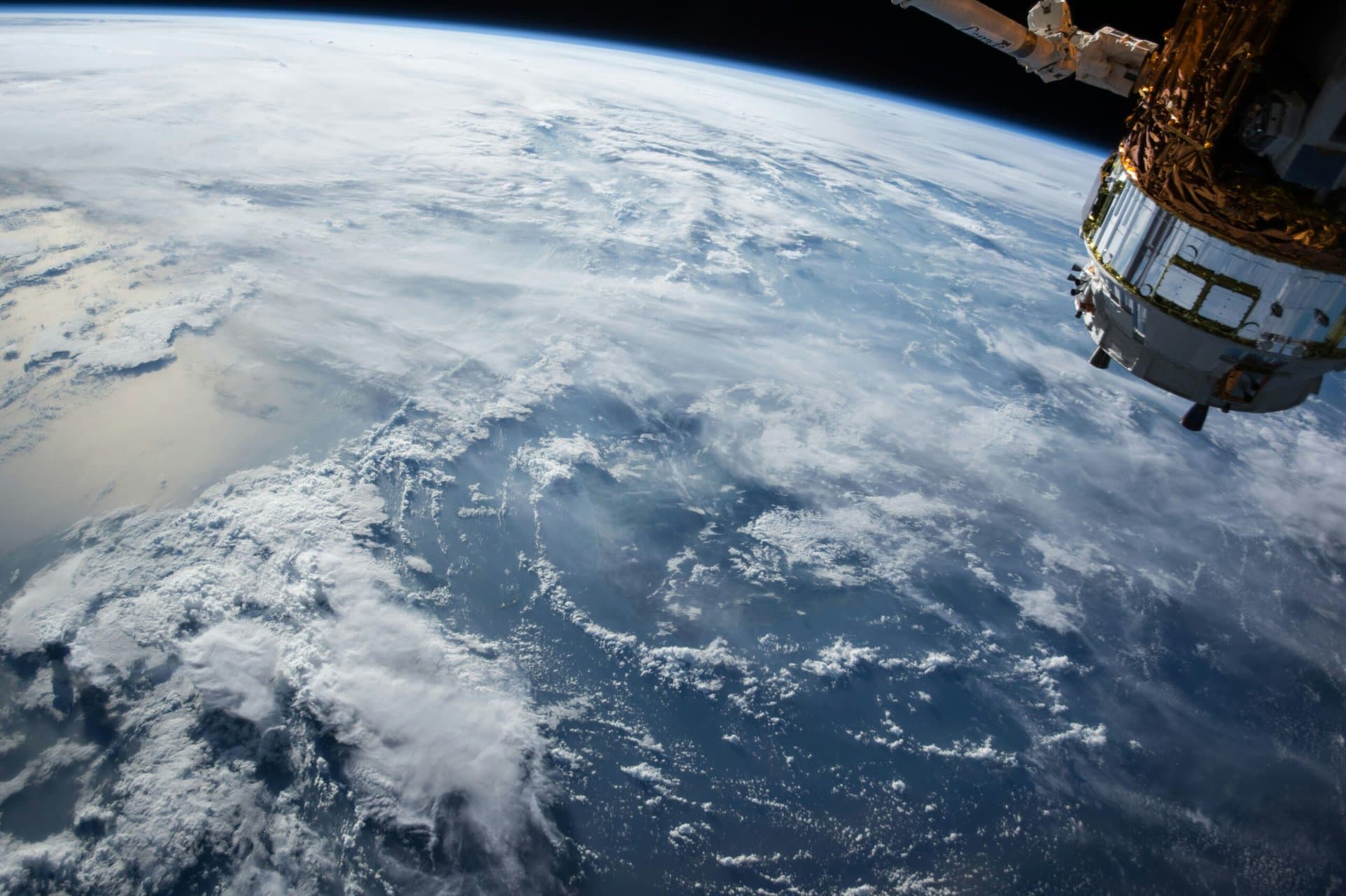A satellite sent energy to Earth for the first time. This provides prospects for creating a future solar power station in space. The designers believe we can build it within ten years.
For the first time, energy is transmitted to Earth from a satellite with the help of microwaves. The researchers who conducted the experiment believe that we can build a solar power station in space within ten years.
MAPL
Solar power plants on Earth receive little or no sunlight when it is night or when there are many clouds in the sky. A solar power station in space would not have these limitations. However, it is difficult to build a practical solar power plant in space. First, such a station would have to be large enough to be useful, but small and light enough to be launched by a rocket. In addition, scientists must find a way to send the generated energy back to Earth.
Read also
“Cooperation in fossils is essential for a rapid energy transition.”
Universities should not stop collaborating with the fossil industry, says chemist Mark Cooper. This slows down the transfer of energy.
In January 2023, electrical engineer Ali Hajimiri, from the California Institute of Technology in the US, and his colleagues launched the Microwave Array Energy Transfer LEO (MAPLE) experiment into space. Two months later, they succeeded in sending energy to Earth, an experiment that continued for another eight months. The researchers published their results in a previous post on the website arXiv.
Microwave ovens
MAPLE consists of a series of lightweight chips that can transmit a beam of microwaves to a specific location. The research team discovered that the satellite can send a total of one hundred milliwatts of energy through space, and that it can quickly direct the energy beam to new locations. Over the course of the experiment, the researchers attempted to transfer energy to Earth three times. In addition, they only got 1 milliwatt to the ground each time.
In comparison, for the plant to be able to provide power to tens of thousands of homes, it must produce at least a hundred megawatts, a hundred billion times more than 1 milliwatt. A fully operational solar power plant in space should have an area of about one square kilometre. The size of the maple plant is about one hundred and fifty square centimeters.
“The size of the system is several times smaller than the system you would need for a full application. But the most important thing is for this technology to be demonstrated in space,” Hajimeri says. A usable space solar power plant must also be able to convert sunlight into microwaves. MAPLE hasn't been able to do this trick yet.

“Total coffee specialist. Hardcore reader. Incurable music scholar. Web guru. Freelance troublemaker. Problem solver. Travel trailblazer.”








More Stories
GALA lacks a chapter on e-health
Weird beer can taste really good.
Planets contain much more water than previously thought